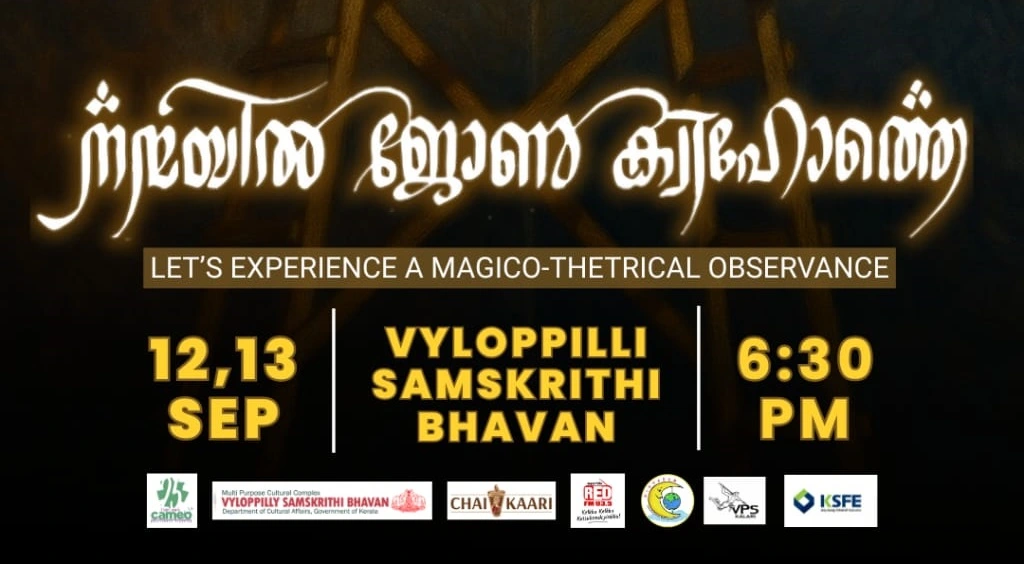Music, the universal language of emotion, transcends cultures and connects us all. From the rhythmic pulse of a heartbeat to the soaring melodies of a symphony, music shapes our experiences and enriches our lives in countless ways. Whether you’re a seasoned musician, a casual listener, or someone simply looking to understand the power of sound, this guide will explore the multifaceted world of music, delving into its history, benefits, and practical applications.
The Enduring History of Music
Music has been an integral part of human civilization for millennia. Evidence suggests that early forms of music existed in prehistoric times, long before written language. Understanding music’s roots helps us appreciate its evolution and ongoing impact.
Early Musical Instruments and Forms
- Paleolithic Era: Archaeological discoveries of bone flutes dating back over 40,000 years show that music was present in early human societies. These instruments suggest a sophisticated understanding of sound and melody.
- Ancient Civilizations: Cultures like those in Mesopotamia, Egypt, and Greece developed more complex musical systems, with instruments like lyres, harps, and drums. Music played a crucial role in religious ceremonies, storytelling, and entertainment.
- The Rise of Notation: The development of musical notation, starting in the medieval period, allowed for the preservation and dissemination of musical compositions. Guido of Arezzo is credited with pioneering a system of musical notation.
The Evolution of Western Music
Western music has undergone significant transformations over the centuries, leading to the diverse genres we know today.
- Medieval and Renaissance Periods: Marked by the development of polyphony (multiple melodic lines played simultaneously) and the emergence of composers like Guillaume de Machaut and Giovanni Pierluigi da Palestrina.
- Baroque Era (1600-1750): Characterized by ornate melodies, complex harmonies, and the rise of opera. Key composers include Johann Sebastian Bach and George Frideric Handel.
- Classical Era (1750-1820): Focused on clarity, balance, and formal structure. Prominent composers include Wolfgang Amadeus Mozart and Ludwig van Beethoven.
- Romantic Era (1820-1900): Emphasized emotional expression, individualism, and dramatic contrasts. Composers like Franz Schubert and Johannes Brahms epitomized this era.
- 20th and 21st Centuries: Saw the emergence of diverse genres like jazz, blues, rock, electronic music, and experimental music. Composers like Igor Stravinsky and Philip Glass pushed the boundaries of musical expression.
The Profound Benefits of Music
Beyond entertainment, music offers a wealth of cognitive, emotional, and physical benefits. Understanding these benefits can motivate you to incorporate music more deeply into your life.
Cognitive Enhancement
- Improved Memory: Studies have shown that listening to and playing music can enhance memory and cognitive function. Learning an instrument, in particular, stimulates various regions of the brain.
- Enhanced Attention Span: Music can improve focus and concentration, making it a valuable tool for studying or working. Certain types of music, such as classical or ambient, are often recommended for boosting productivity.
- Cognitive Flexibility: Engaging with music encourages the brain to adapt and process information in new ways, fostering cognitive flexibility and problem-solving skills.
Emotional Well-being
- Stress Reduction: Listening to calming music can lower cortisol levels (the stress hormone) and promote relaxation.
- Mood Enhancement: Music has a powerful effect on mood, triggering the release of endorphins and promoting feelings of happiness and well-being.
- Emotional Expression: Music provides an outlet for expressing emotions, whether through playing an instrument, singing, or simply listening to songs that resonate with your feelings.
Physical Health
- Pain Management: Music therapy has been shown to reduce pain perception in various medical settings, from post-operative recovery to chronic pain management.
- Improved Sleep: Listening to calming music before bed can promote relaxation and improve sleep quality.
- Physical Rehabilitation: Music can be used to improve motor skills and coordination in rehabilitation programs, particularly for individuals recovering from stroke or other neurological conditions.
Exploring Musical Genres
The world of music is vast and diverse, encompassing a wide range of genres and styles. Exploring different genres can expand your musical horizons and introduce you to new sounds and experiences.
Popular Genres
- Pop: Characterized by catchy melodies, simple structures, and relatable themes. Often features vocals and electronic instrumentation. Examples include Taylor Swift, Harry Styles, and Billie Eilish.
- Rock: Emphasizes electric guitars, drums, and bass, often with powerful vocals and rebellious themes. Subgenres include alternative rock, hard rock, and heavy metal. Examples include The Rolling Stones, Nirvana, and Metallica.
- Hip Hop: Features rhythmic beats, rapping, and often addresses social and political issues. Key elements include sampling, scratching, and DJing. Examples include Kendrick Lamar, Drake, and Cardi B.
- Electronic Music: Uses electronic instruments and technologies to create synthesized sounds and rhythmic patterns. Subgenres include house, techno, trance, and dubstep. Examples include Daft Punk, The Chemical Brothers, and Skrillex.
- Country: Typically features acoustic instruments like guitars, banjos, and fiddles, with themes centered around rural life, love, and heartbreak. Examples include Johnny Cash, Dolly Parton, and Chris Stapleton.
World Music
- Latin Music: Encompasses a wide range of genres from Latin America and the Caribbean, including salsa, tango, samba, and reggaeton. Features vibrant rhythms and passionate melodies.
- African Music: Characterized by complex rhythms, polyphony, and the use of traditional instruments like drums, mbira, and kora. Influential in many modern genres.
- Asian Music: Includes diverse musical traditions from across Asia, ranging from classical Indian ragas to Japanese traditional music and Korean pop (K-pop).
Learning and Creating Music
Whether you aspire to be a professional musician or simply want to explore your creative potential, learning to play an instrument or create music can be a rewarding experience.
Choosing an Instrument
- Consider your interests: What genres of music do you enjoy listening to? Choose an instrument that is commonly used in those genres.
- Try before you buy: Visit a music store and try out different instruments to see which one feels comfortable and resonates with you.
- Start simple: If you’re a beginner, consider starting with a relatively easy instrument to learn, such as the ukulele, keyboard, or guitar.
Music Education Resources
- Private Lessons: Working with a qualified music teacher can provide personalized instruction and guidance.
- Online Courses: Many online platforms offer courses on various instruments, music theory, and composition. Examples include Coursera, Udemy, and Skillshare.
- Music Schools and Conservatories: For aspiring professional musicians, attending a music school or conservatory can provide intensive training and performance opportunities.
Digital Music Production
- DAWs (Digital Audio Workstations): Software programs used for recording, editing, and mixing audio. Popular DAWs include Ableton Live, Logic Pro X, and Pro Tools.
- Virtual Instruments: Software instruments that can be played using a MIDI keyboard or controller. Offer a wide range of sounds, from synthesizers to orchestral instruments.
- Online Collaboration: Platforms like Soundtrap and BandLab allow musicians to collaborate remotely on music projects.
The Future of Music
The music industry is constantly evolving, driven by technological advancements and changing consumer habits. Understanding these trends can help you navigate the future of music as a listener, creator, or industry professional.
Streaming and Digital Distribution
- Dominance of Streaming: Streaming services like Spotify, Apple Music, and Amazon Music have become the primary way people consume music.
- Impact on Revenue Models: Streaming has shifted revenue models for artists and record labels, with a greater emphasis on streaming royalties and licensing agreements.
- Accessibility and Discoverability: Streaming platforms have made music more accessible than ever before, allowing listeners to discover new artists and genres from around the world.
Artificial Intelligence and Music
- AI-Powered Music Creation: AI is being used to generate melodies, harmonies, and even entire compositions. Tools like Amper Music and Jukebox allow users to create custom music using AI algorithms.
- AI-Driven Music Recommendations: Streaming services use AI to analyze listening habits and provide personalized music recommendations.
- AI in Music Production: AI-powered plugins and software are being developed to assist with mixing, mastering, and other aspects of music production.
Conclusion
Music, in all its forms, is a powerful force that enriches our lives in countless ways. From its historical roots to its profound benefits and evolving future, the world of music offers endless opportunities for exploration, creativity, and connection. Whether you’re listening, playing, or creating, embracing the power of music can enhance your cognitive abilities, emotional well-being, and overall quality of life. So, turn up the volume, explore new genres, and let the music move you.




